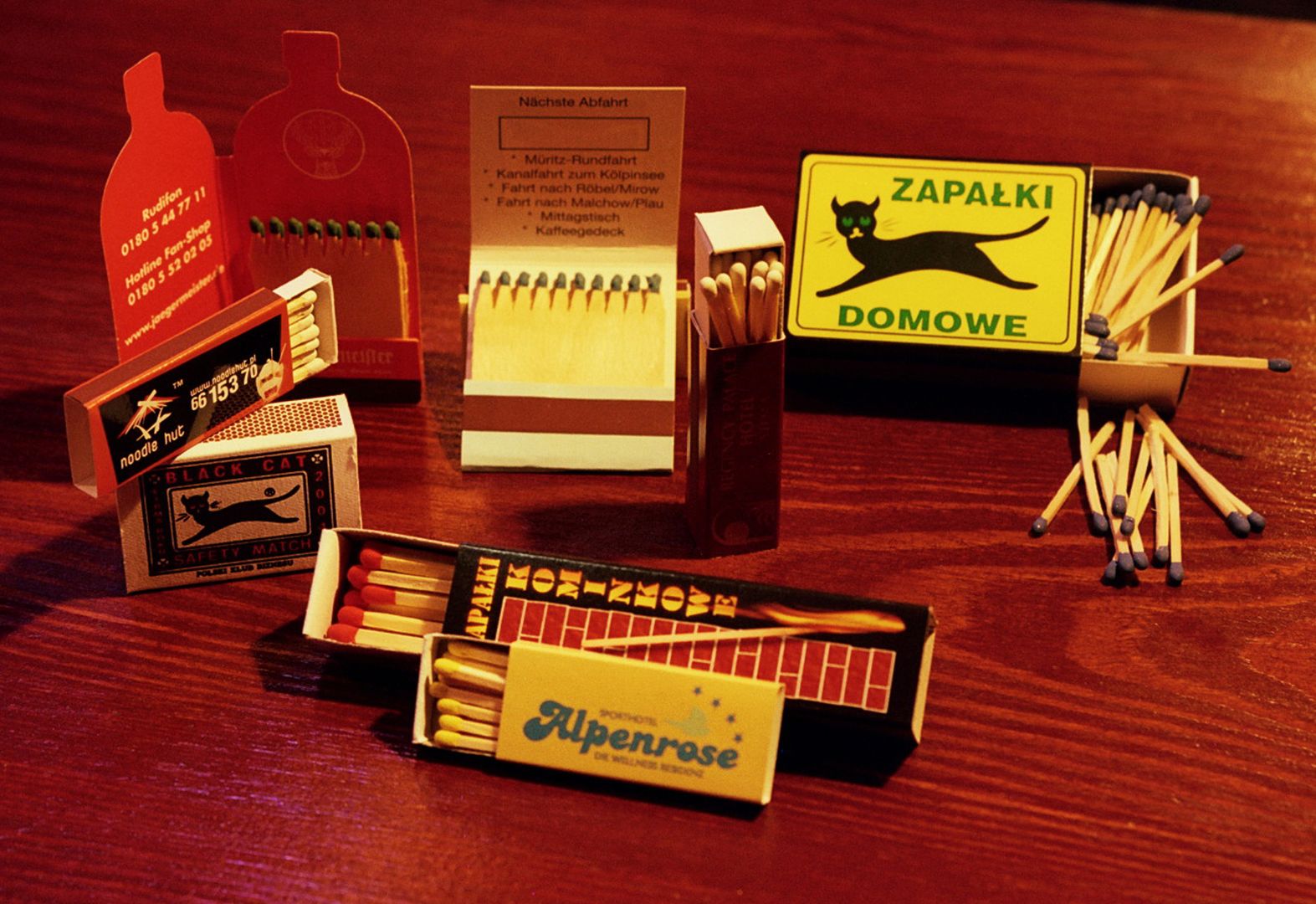Matchstick Production Museum in Częstochowa
6.89

Overview
The Matchstick Production Museum in Częstochowa is a unique institution that combines architectural, cultural, and historical values. Established in 1881 as the first match factory on Polish lands, it began operations in 1882. Over the years, the factory changed owners until it was taken over in 1910 by the Sachs and Piesch Joint-Stock Company, which significantly expanded it. In 1913, one of the oldest preserved Polish film documents was recorded here, related to a fire at the facility. The factory was famous for its distinctive product packaging, adorned with a label featuring a black cat. Between 1922 and 1923, it came under the ownership of the Polish Match Industry Company, and in 1925, it became part of the Polish Match Monopoly. After World War II, the plant was nationalized, and in 1951, it was renamed the Częstochowa Match Industry Plants. Since 2002, it has operated as a museum, showcasing the stages of match production, from wood debarking to packaging the finished products. The exhibition includes not only a historic machinery park but also rich collections of documents and match labels from various eras. Particularly notable is the exhibition of sculptures made from a single matchstick by Anatol Karoń. The museum, entered into the register of monuments in 2010, is part of the Silesian Industrial Monuments Route, highlighting its cultural and historical value. Despite financial difficulties, such as a bankruptcy attempt in 2015, the Matchstick Production Museum remains an important landmark in Częstochowa, offering visitors a unique experience related to the history of the match industry. It is worth noting that the production process at the factory remained virtually unchanged from 1913 to 2010, making this place a witness to the final years of traditional craftsmanship.
Location
Tickets
Powered by GetYourGuide
2025 Wizytor | All Rights Reserved